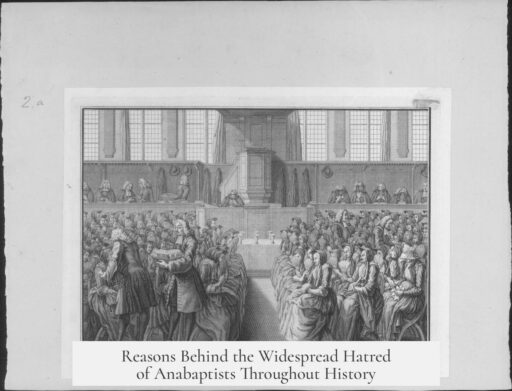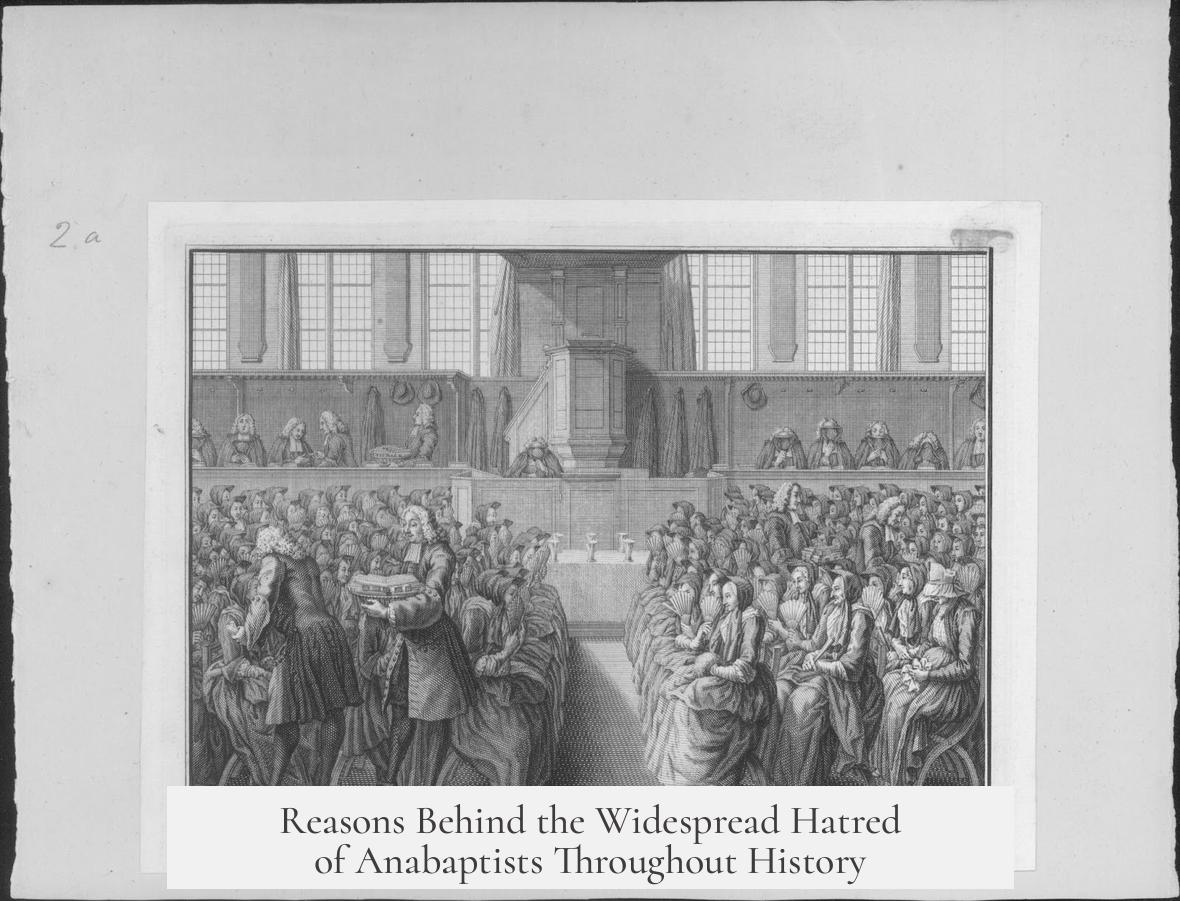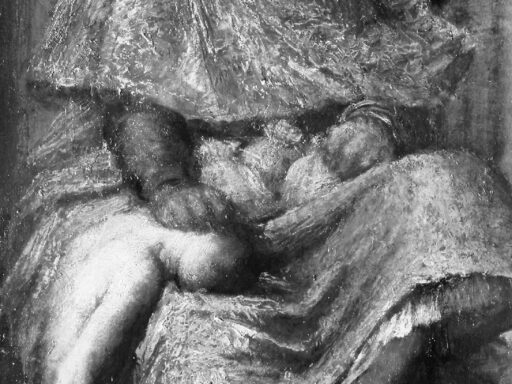Everyone hated Anabaptists primarily because their beliefs and actions challenged both religious and political norms of their time.
The Anabaptists emerged in the early 16th century as part of the Radical Reformation. They held a distinctive belief that only adults could consciously choose to be baptized, rejecting infant baptism. Founded by reformers like Conrad Grebel, this idea was controversial because it questioned the established Church’s authority and rituals.
Unlike other Christian groups, Anabaptists elected their own pastors rather than accepting clergy appointed by the state or existing church hierarchy. They saw themselves as already saved and considered themselves saints on earth. This spiritual self-view led them to reject obedience to secular laws and magistrates, whom they called “God’s government for sinners.” To them, true followers of Christ did not need to obey civil rulers but should live according to Christ’s teachings.
This stance included refusing to participate in government duties, swear oaths, bear arms, or serve as citizens in any official capacity. Their insistence on separating church and state alarmed political leaders. It suggested that individuals could choose their allegiance to God over the power of secular authorities. Rulers feared this as a threat to social order and their own power, especially in a time when church and state were closely linked.
The Anabaptists’ refusal to support civil governments placed them outside accepted norms, making them appear seditious. Authorities often labeled them disloyal citizens. This political deviance fed suspicion and resentment against them.
Another significant reason for widespread hatred was the Münster Incident in 1534. This violent episode involved a radical faction of Anabaptists led by Jan Matthys and Jan van Leyden. They believed the apocalypse was imminent and aimed to establish a theocratic “New Jerusalem” in Münster, Germany.
- This group forcibly baptized people and introduced polygamy.
- They eliminated anyone opposing their rule.
- They expelled non-Anabaptists and ruled brutally.
The Catholic forces, along with local authorities, besieged Münster and eventually crushed the rebellion. Jan Matthys and Jan van Leyden were captured, tortured, and executed. Their bodies were displayed in iron cages to warn others against similar uprisings.
This violent event made all Anabaptists targets of hatred, even though many other Anabaptists disavowed such extremism and remained pacifist. The peaceful Anabaptists suffered guilt by association. The Münster episode reinforced fears that Anabaptists could be dangerous political rebels.
In summary, the Anabaptists’ religious beliefs challenged established Church practices. Their refusal to obey civil laws appeared rebellious. The Münster uprising confirmed fears about their potential for violent revolution. Together, these factors generated widespread hatred and persecution.
| Reason | Details |
|---|---|
| Religious Beliefs | Rejected infant baptism; elected own pastors; emphasized personal salvation. |
| Political Stance | Refused to obey secular laws, swear oaths, bear arms, or engage in government. |
| Münster Incident | Radical takeover involving violence, polygamy, and forced conversions. |
| Association Impact | Peaceful Anabaptists suffered by association with violent Münster faction. |
| Separation of Church and State | Seen as threat to political order; suspected disloyalty questioned. |
- They rejected infant baptism and secular authority.
- Their views threatened political and religious systems.
- The Münster rebellion associated them with radical violence.
- Authorities feared their potential to disrupt social order.
- All Anabaptists faced persecution due to these controversies.




